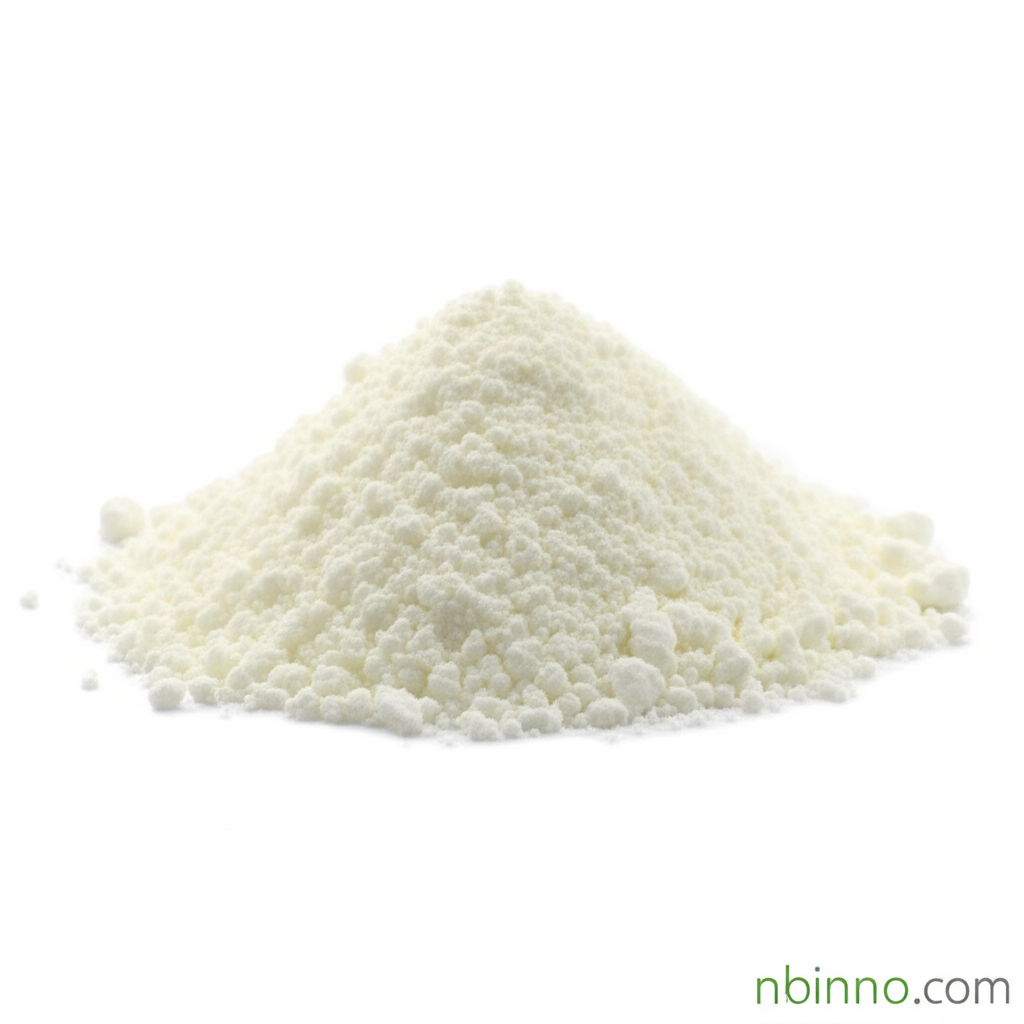Di(naphthalen-2-yl)phosphine Oxide: A Versatile Organophosphorus Compound
Explore the synthesis, properties, and broad applications of this key organophosphorus chemical.
Get a Quote & SampleProduct Core Value

Di(naphthalen-2-yl)phosphine Oxide
Di(naphthalen-2-yl)phosphine oxide (CAS 78871-05-3) is a critical organophosphorus compound with a unique structure that lends itself to diverse applications in catalysis, materials science, and organic synthesis. Its synthesis and properties make it a valuable intermediate and ligand.
- Leverage di(naphthalen-2-yl)phosphine oxide synthesis for high-purity organophosphorus compounds. This compound's production via established and novel synthetic routes ensures quality for demanding applications.
- Explore the versatile properties of di(naphthalen-2-yl)phosphine oxide in various chemical reactions. Its structure offers unique steric and electronic characteristics beneficial for catalysis and materials.
- Utilize CAS 78871-05-3 as a key building block for advanced materials. The compound's stability and electronic properties are instrumental in developing cutting-edge polymers and electronic devices.
- Discover the potential of phosphine oxide ligands in catalytic processes. Di(naphthalen-2-yl)phosphine oxide serves as an effective ligand, enhancing the efficiency of transition metal-catalyzed reactions.
Product Advantages
Catalytic Efficiency Enhancement
As a phosphine oxide ligand, this compound significantly improves catalytic turnover in reactions like Suzuki-Miyaura couplings due to its specific electronic properties, making it ideal for driving efficient organic synthesis.
Material Science Innovation
The compound's stability and electronic characteristics are crucial for the development of high-performance materials, contributing to advancements in polymers and electronic devices.
Versatile Synthetic Intermediate
Its utility in three-component reactions and Phospha-Michael additions highlights its role as a versatile intermediate in creating complex organic molecules and functionalized products.
Key Applications
Catalysis
Serves as a ligand in transition metal-catalyzed reactions, enhancing activity in hydrogenation, hydroformylation, and cross-coupling reactions, crucial for efficient organic synthesis.
Materials Science
Utilized in the production of advanced materials like polymers and electronic devices due to its stability and electronic properties, supporting the development of high-performance products.
Organic Synthesis
Acts as a key building block and reagent in various synthetic methodologies, including three-component reactions and Phospha-Michael additions, enabling the creation of complex molecules.
Biological Research
Explored for potential biological activities, including antibacterial properties and cytotoxicity against cancer cell lines, suggesting its utility in pharmaceutical research and development.
